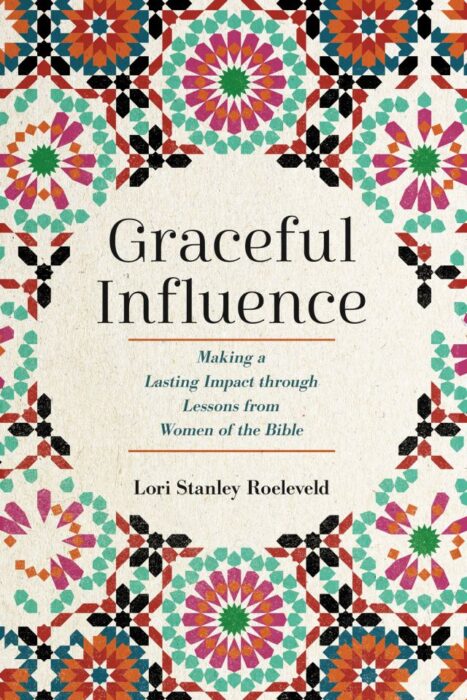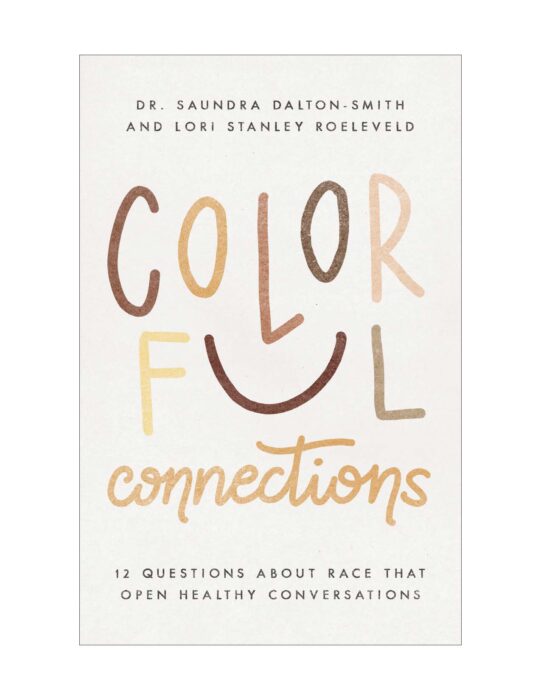 Every generation of Christians has its own challenges. Some must send young men and women to war. Others must abolish evil practices like slavery. One of our challenges is that we must get contentious people talking with one another. Many a general would prefer to lead troops into battle because at least he enters with a sense of control.
Every generation of Christians has its own challenges. Some must send young men and women to war. Others must abolish evil practices like slavery. One of our challenges is that we must get contentious people talking with one another. Many a general would prefer to lead troops into battle because at least he enters with a sense of control.
We know it’s imperative to get people talking about hard topics, but we hesitate. For good reason! It’s not easy to manage a group conversation when there is conflict or there are passionate opinions and a multitude of challenging personalities in the mix.
Still, James 4:17 ESV warns us “So whoever knows the right thing to do and fails to do it, for him it is sin.” We stare at that verse and long for wise support about how to lead effective hard conversations with conflicting groups in our family, church, ministry team, or community. Take heart! God will provide but we need to show up to receive the provision.
There’s no guaranteed way to keep a conversation from exploding or to ensure it produces positive outcomes but there are strategies to increase the likelihood that Christ will be honored, and people will feel heard. Today, our greatest achievement may be simply keeping people at the table.
By investing work to shape the conversational space before we discuss the primary hurting points, we establish an environment where success has the best opportunity.
- Create a simple mission statement for the conversation. After opening in prayer, poll the room and ask what people expect to
 discuss and achieve. Establish a time frame and do the math on how many people can realistically be permitted to speak and for how long. Large groups may be divided into subsets. Our hardest conversations cannot be had through one meeting but usually require a series of conversations. Set this expectation and then determine an achievable goal for each meeting one at a time. Summarize with a simple statement such as, “Tonight, we want to find out what is important to everyone regarding our worship music” or “Today, our goal is to give everyone who wants to speak, the opportunity to share their perspective on how racism impacts them personally.”
discuss and achieve. Establish a time frame and do the math on how many people can realistically be permitted to speak and for how long. Large groups may be divided into subsets. Our hardest conversations cannot be had through one meeting but usually require a series of conversations. Set this expectation and then determine an achievable goal for each meeting one at a time. Summarize with a simple statement such as, “Tonight, we want to find out what is important to everyone regarding our worship music” or “Today, our goal is to give everyone who wants to speak, the opportunity to share their perspective on how racism impacts them personally.” - Determine ground rules and enforcement strategies. Lead a brief discussion about ground rules that will help guide safe, orderly conversation as well as how those ground rules will be enforced. For example, “One person at a time. Everyone contributes. Respect will be extended to all.” This is a good time to discuss time limits on speakers or topics that will be saved for another day. A simple enforcement strategy is to invite the group to raise their hands if a speaker is violating the ground rules and that person will have an opportunity to self-correct before the facilitator steps in. Don’t neglect creating an enforcement strategy and employing it. Ground rules are ineffective if they aren’t observed. There should be as few as necessary, they should arise from the group, and enforced by the group whenever possible.
- Identify areas of strength and places of agreement. Next, identify shared strengths and areas of agreement that already exist. (If a disagreement is identified during this time, acknowledge it by recording it but remain with strengths and agreements until there is a solid list.) Keep this list before the group. Add to it as other agreements are identified. Sometimes, the only agreement is that everyone agrees there is a problem. Celebrate this small starting place and be undaunted by it (Zechariah 4:10). Identify ways the groups’ strengths might be used to help during disagreement. Express gratitude in prayer for this list. It can be useful if decorum starts to break down to revisit this list.
- Identify the stakes. There might not be high stakes in a discussion about paint color for the nursery, but discussions of worship
 format, racism, or leadership style may result in diminished witness in the community, loss of members, or changes in staff. Stating the stakes up front helps people respect that the words spoken in the room carry weight beyond the room.
format, racism, or leadership style may result in diminished witness in the community, loss of members, or changes in staff. Stating the stakes up front helps people respect that the words spoken in the room carry weight beyond the room. - Normalize conflict and differences of opinion. It can be helpful to remind people that conflict and differences among Christians are to be expected and not feared. Not all differences arise out of sin and those that do can be met with the expectation of forgiveness and grace. God loves variety and He loves when His people do the work of reconciliation. Commit as a group to move forward unafraid of disagreement. Renounce fear in your midst. Assign one or two individuals the power to pause the discussion and check in with the room when they notice a breakdown in productive discussion. (If there are “sides,” designate a person from each side with this task.)
- Encourage transparency and participation. It’s frustrating to reach the end of a hard conversation and hear muttering that some didn’t really agree but also didn’t speak up. Anonymous polling with the results read aloud can be a good barometer of true agreement. It helps people see they’re not alone (or that they are!) Verbal polling can also be helpful. Warn people a poll is coming: “Just a heads up that after Tom speaks, I’m going to poll to see where everyone stands on this topic (or on continuing the conversation), beginning with Lashonda.”
- Determine a shared summary of the discussion at the end. It’s worth saving 10-15 minutes at the end to summarize what was discussed and agree on both what occurred as well as next steps. Revisit the groups strengths and agreements before closing in prayer.
Key to effective hard conversations is appreciating that it may take more than one to achieve progress. People must feel safe to come back to the table.
the table.
These seven guidelines will facilitate that in most situations, but truly, people feel safe when their leaders demonstrate fearless, wise, vulnerable confidence that God will bless obedience even when it passes through conflict.
This is a starting place but there are more tips in my latest book, The Art of Hard Conversations: Biblical Tools for the Tough Talks that Matter.
Seven Keys to Getting People Talking Effectively in Church https://t.co/K96v3cgXH3 #leadershipdevelopment #hardconversations #Jesus
— Lori Roeleveld (@lorisroeleveld) June 16, 2020











The Conversation
Very helpful…will print out to use in future discussions (tho’ truth be told I’ve been avoiding as many as possible!) 🙂